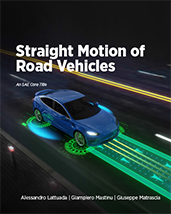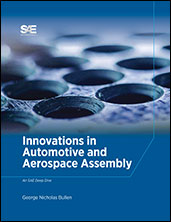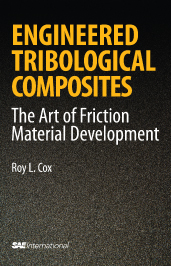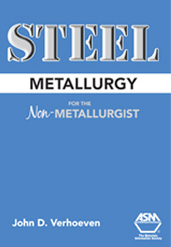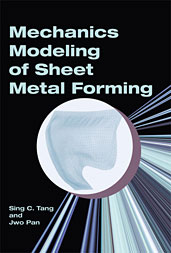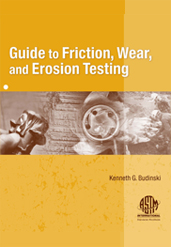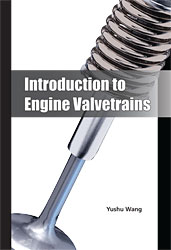Book

Automobile Wheel Alignment and Wheel Balancing
2021-12-22
With over thirty years of experience in the design, development, and patenting of some products in the field of wheel alignment, the author shares his knowledge on the importance of wheel maintenance to the overall performance of a vehicle. From the ancient bullock carts to chariots to automobiles, wheels have undergone many changes to serve the purpose of mankind's mobility. Mobility is inevitable in today's life. A world without wheels is unimaginable. Every vehicle owner expects his tires to last longer and perform better. But improper wheel alignment and wheel balancing can drastically impact the wear and tear on a tire. This book walks the readers through the basics to techniques for wheel alignment on light vehicles, commercial vehicles, and trailers. In addition, illustrations present various types of tire wear and the cause of each. Finally, the author delves into tire safety from understanding how air pressure effects a tire to the importance of tire rotation.

